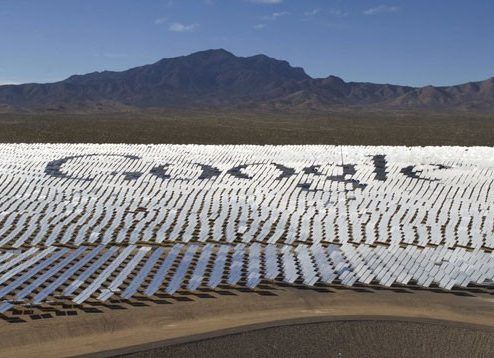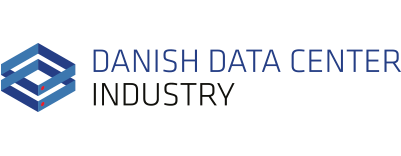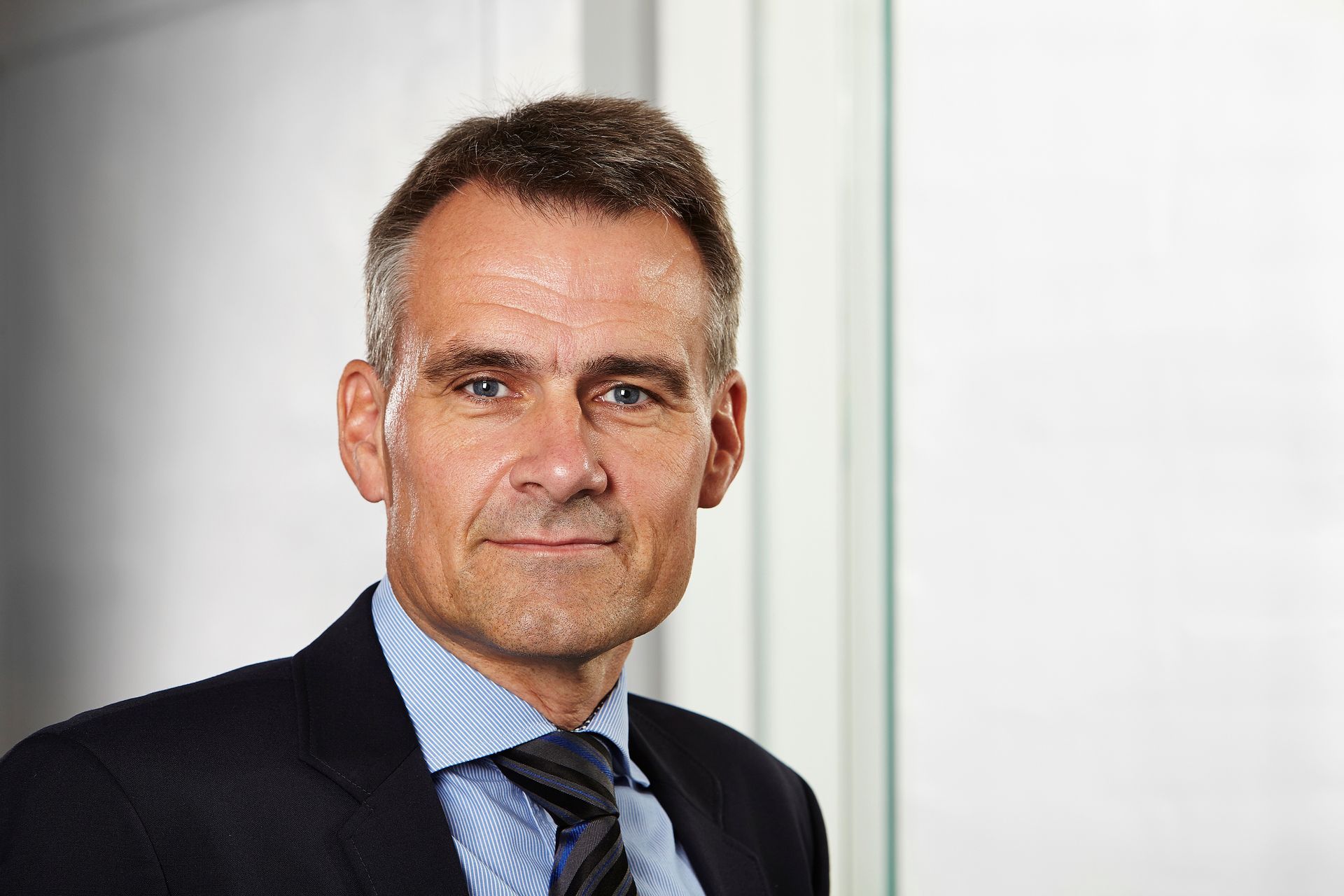Strong connections were in focus – both for humans and machines – at DDI’s networking meetup 10th September 2019 at GlobalConnect in Glostrup. Besides the delicious cakes DDI’s members were offered a glimpse into the future of the next generation of data centers and a strengthening of the personal network among the 55 members that participated.
Cloud, edge computing and the Internet of Things are influencing the development of tomorrow’s data centers, and at the same time, more international data connections are opening up for new opportunities. This was the framework for this Networking Meetup, where Henrik Hansen, director of DDI, kicked off the day with a status for the association.
“The recent period has been an exciting period – unfortunately with a few cancellations as well, but there is still a lot of investments here in Denmark,” he said, illustrating his point with an overview map of the many published projects.
“We are currently working on an exciting program for our activities next year. Here, DDI will focus even more on export opportunities, work with the political framework and arrange more study trips, including the Netherlands, France and USA,” said Henrik Hansen.
The first presentation of the day was delivered by the host, GlobalConnect, where Nordic Sales Director, Thomas Caspersen Nielsen, gave an account of a new significant trend in the market.

“Once again we see a great demand for dark fiber left on the menu – not only in the Nordic countries, but also in Amsterdam and Frankfurt. And within the next few months we will be ready with a new connection between Norway and Amsterdam, so we have a lot of capacity, but we also see a great, international need, “said Thomas Caspersen Nielsen.
“At the moment we see a great demand for the new submarine cables coming into Denmark and Norway as well as internally between the countries. A lot is happening right now with connectivity, and for the first time in many years we once again experience a great need for high fiber dark fiber capacity. ”
Through the history of the company, GlobalConnect has supplemented its own growth with around 20 acquisitions and after merging with Broadnet and Nianet, they now have access to 42,000 km of fiber cables in the ground and appetite to challenge in the entire Nordics and Northern Europe.
“Strategically, we are still in infrastructure, but we see a lot happening in the connectivity market. We get customers who do not want an entire server room, but smaller units closer to their operations or customers. Last time we counted, we had customers from 22 countries, so there are many different needs for connectivity, “said the director of GlobalConnect, which operates 19 co-location data centers in 11 cities and has recently acquired Netteam.
Marianne Rønne, Nordic Marketing Manager at Interxion talked about a different approach to the strategy in her business.

“We’re a little different, because we’re building co-lo’s in the capital cities and focusing on main cloud hubs. Right now we’re opening CPH2 as an extension of our data center campus in Copenhagen, but we’re growing out of it, so we’ve purchased new land in Ballerup. Many companies close their onsite data centers, so much data is moving, and from our point of view it makes sense to move from own ‘basement’ to co-lo, where you have direct access to both local and global cloud. We think that co-los will serve as glue between cloud and connectivity providers, ” sounded the assessment from Marianne Rønne.
Interxion’s Copenhagen campus will also be connected to AquaComms’ new “Mermaid cable”, which illustrates another strong trend.
“All over the world, the investments in underwater cables are increasing tremendously – not only in the Nordic countries, but here we have many investments coming. But of course it is a little ‘hen and egg’ – we are not as developed as the rest of Europe, because we simply have fewer inhabitants here. Conversely, things are gaining momentum, as there are many investments right now, and of course we need connectivity to attract more hyper scale operators”.
Vincent Rais from Uptime Institute’s Department of Technology Resilience and Infrastructure Risk Management was next in line to present his talk on how to make digital infrastructure more resilient.

“If we go back to 1995, there were most value for money in protecting data centers, which accounted for the vast majority of outage. There were very few service providers and a very simple software that sometimes took several years to update, so it was very robust. The infrastructure was for the most part the data center itself,” he determined.
“Now that has changed drastically. According to our estimates, the data center itself accounted for only 33% of outage in 2019, and you really depend on an entire supply chain. In that regard, it was a little shocking to us that many companies we spoke to, did not have that approach to provide a full service across the digital infrastructure. Instead, they focused on the data center itself and did not look at the end-to-end delivery, and many of them therefore expose themselves to a higher risk,” explained Vincent Rais.
He pointed out that outages in digital services tend to hit media headlines and often cost millions of dollars – in addition to the longer-term image loss. Therefore, Uptime Institute also maintains a database of all known outages in order to gather knowledge.
“We have been doing this for a little over two years now on a global scale by collecting everything that hits the media. It is a pretty good source of research, because it happenson a daily basis around the world. We rarely see that it is actual ‘chaos’ monkeys, who cause the problems by pulling out the plugs, but it is all about maturing the organization and getting them into the gear that stability requires,” Vincent Rais pointed out.
“And frankly, you also have to think about how to build stability into your supplier relationships. If it all comes from a single supplier anyway, is it then stable?”
The final presentation of the day was given by Jörgen Strandberg, Advanced Technology Solutions Director at Anixter, who came up with his experience of the trends that take place behind the data center walls.

“90 percent of data stays inside the data center and never leaves it – for example, when a service is requested. And in the past, internal traffic went ‘north-south’ in a traditional data center structure, but now it goes more ‘east-west’ in a flatter structure that provides many more connections. This results in new challenges, for example the much higher Ethernet speed to support the cloud, ” he explained.
Technically, the so-called port breakout technology means that one physical gate can mean e.g. two gates in practice. For example, you can buy 100 GBe gates even if they are not currently used and then split them up.
“It can save up to 50% on both internal network procurement and power consumption, reduce the number of chassis and the gate can be reused in the next generation. We can now buy a switch and configure it at different speeds in the gates – it is no longer 1:1, but this also means that it becomes more complicated. Overall, we have many new options, so it also means we have to make some active choices,” Jörgen Strandberg pointed out.



Contact us


